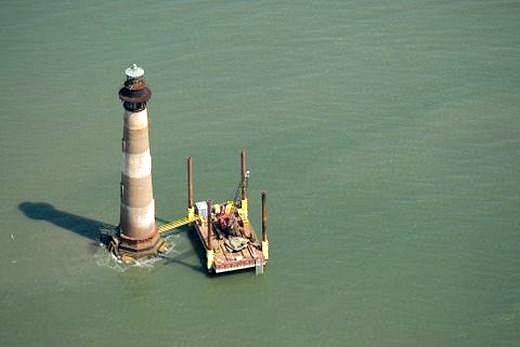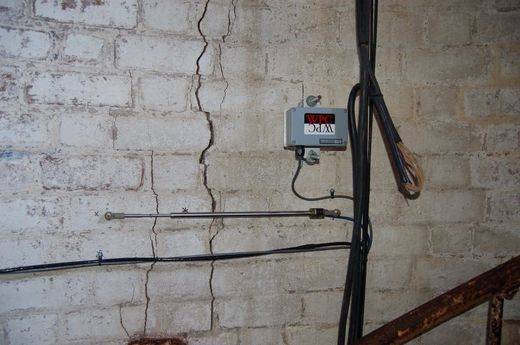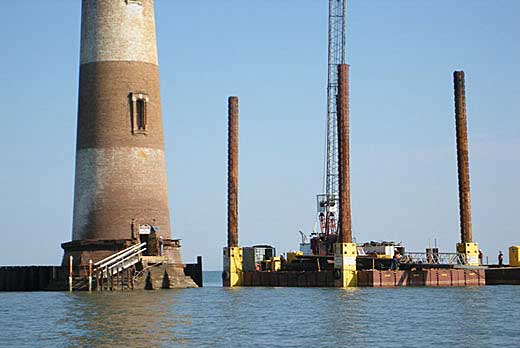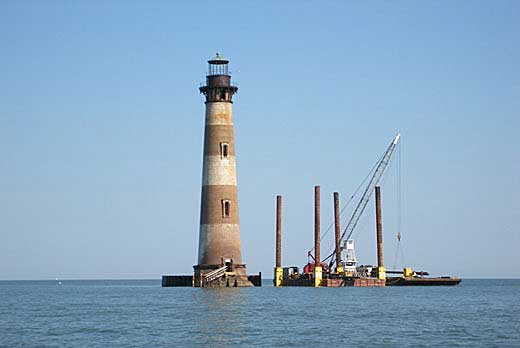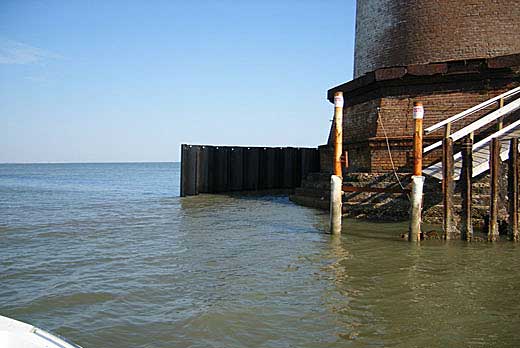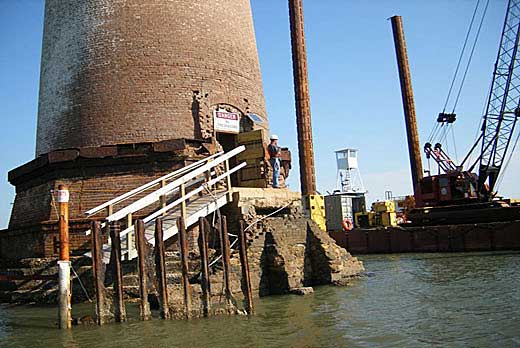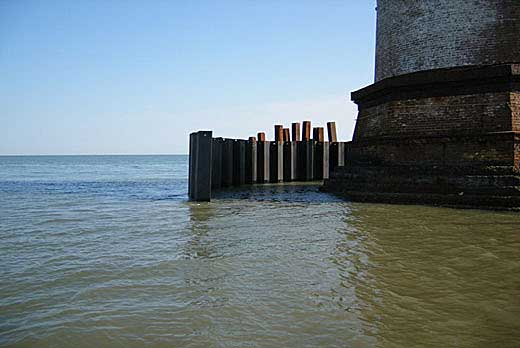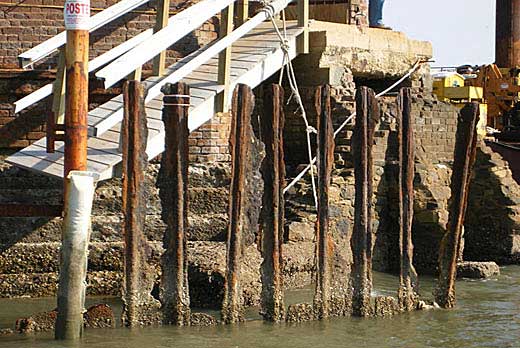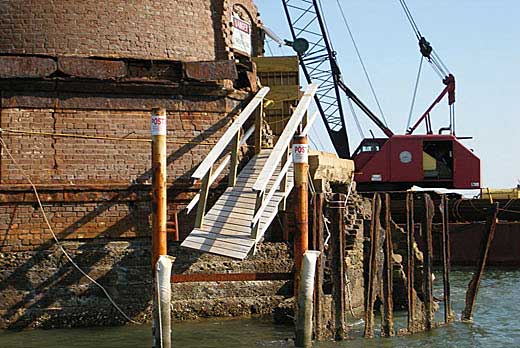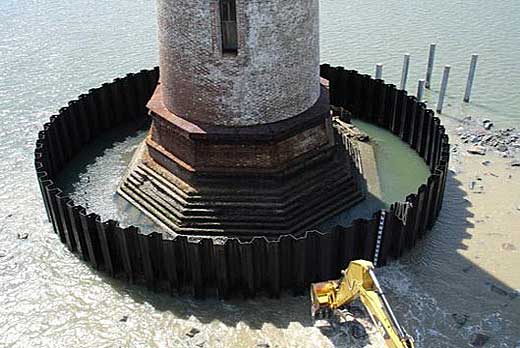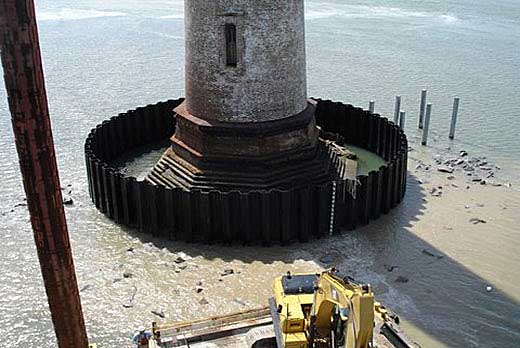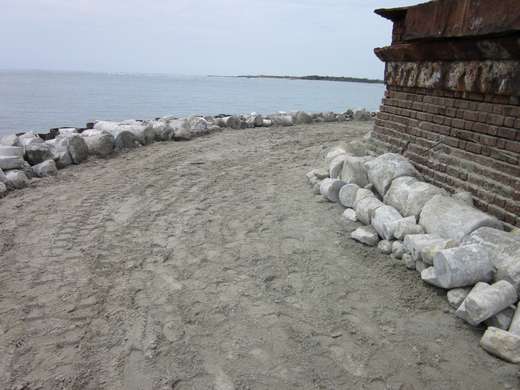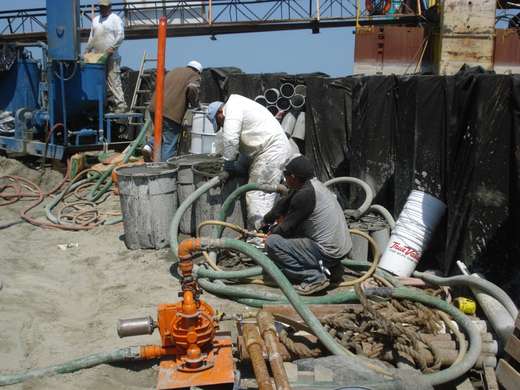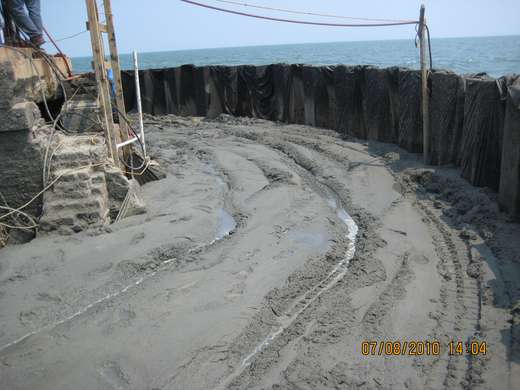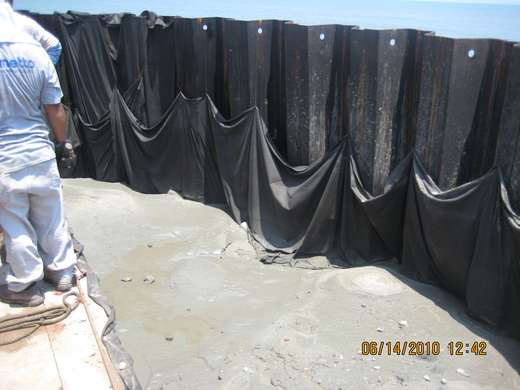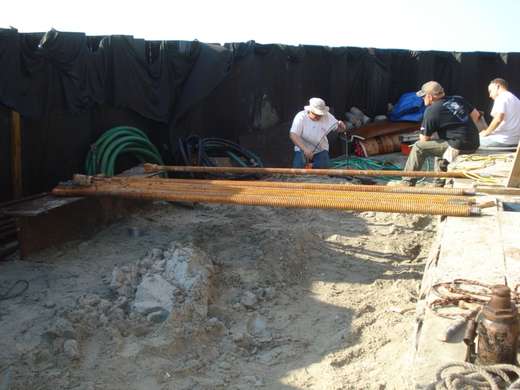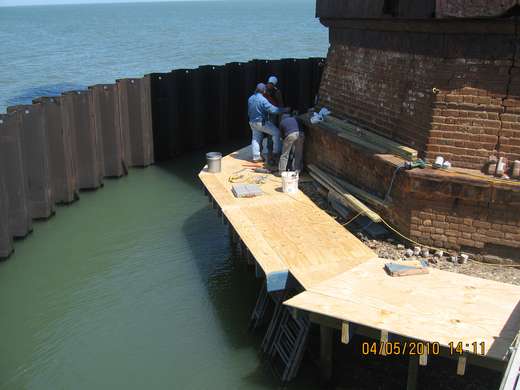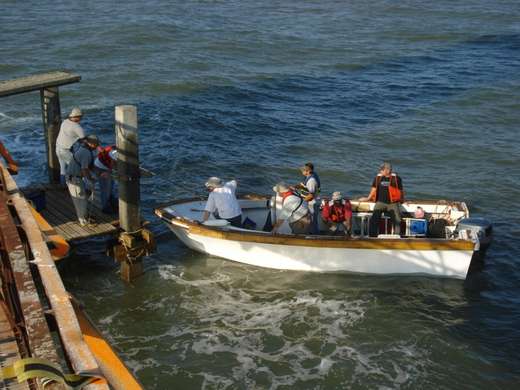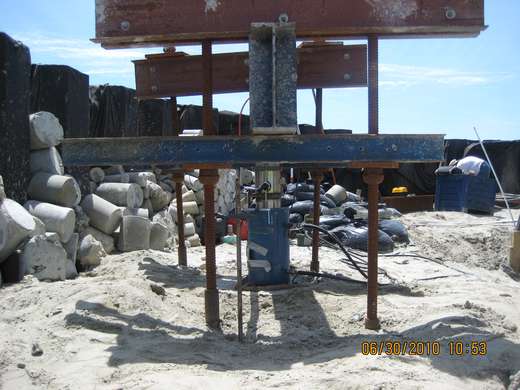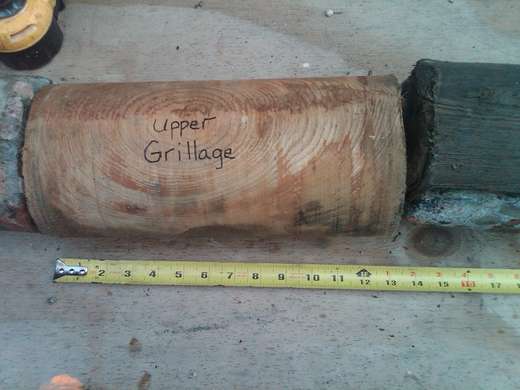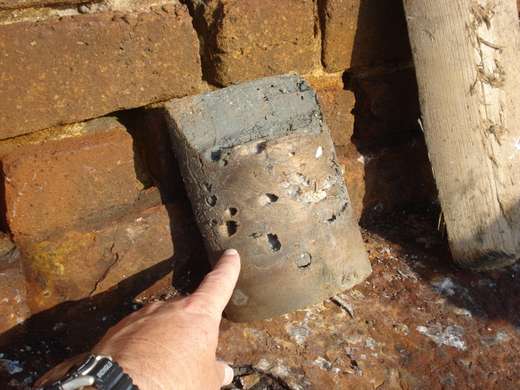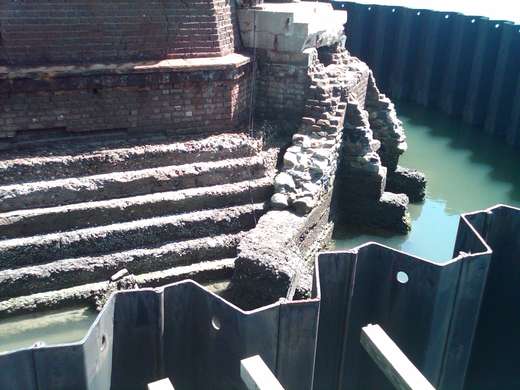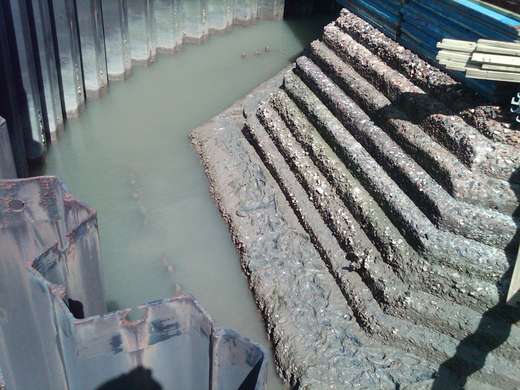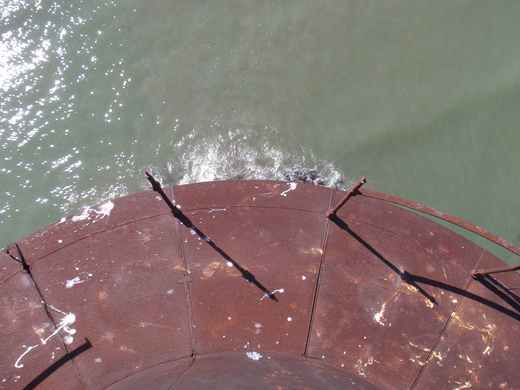Phase III Capital Campaign
Entrance Foyer
$250,000
Given By
Betty Johnson O’Brien and John O’Brien
In memory of their precious granddaughter Ashley Monique Campbell
Northeast Upper Window
$10,000
Given By
The Pawlowski Family
Northeast Lower Window
$10,000
Given By
St. Lo Mellichamp & St. Lo Mellichamp ll
Southwest Upper Window
The Royall Ariail Window
$10,000
Given By
The Law Office of A. Bright Ariail, LLC
Southwest Lower Window
The Al Hitchcock Window
$10,000
Given By
Bill and Theresa Caldwell
First Landing
Second Landing
Third Landing
Fourth Landing
Fifth Landing
Sixth Landing
Seventh Landing
Eighth Landing – Service Room
Ninth Landing – Watch Room and Gallery
Tenth Landing – Lantern Room
The Jim Booth Founding Members Lantern Room
Principal Circle
$500,000+
Lighthouse Keeper Circle
$100,000 – $499,999
Beacon Circle
$50,000 – $99,999
Patriot Circle
$25,000 – $49,999
Colonial Circle
$10,000 – $24,999
Staircase Circle
$5,000 – $9,999
Given By
Al & Nancy Hitchcock
Tim & Kate Kiel
Betty Johnson O’Brien & John O’Brien
Lantern Circle
$2,500 – $4,999
Given By
Dr. Richard Beck & Karen Lovelace
Mike McHale
Old Charleston Light Circle
$1,000 – $2,499
Given By
Donna Barrio
Jerry Smeltzer
Admiral Circle
$500 – $999
Given By
Bright Ariail
Jeanne Bertoia
Suzie & Stocky Cabe
Jonathan & Melissa Reiss
Lynn West
Legacy Circle
$250 – $499
Given By
Denis & Marsha Blyth
Patty Geery
Carl & Jennifer Hitchcock
Dr. & Mrs. Edward Jones
Guardian Circle
$100 – $249
Given By
Rita Elder
Ann Holloway
Robert Prorok
Libby M. Webster
Anchor Circle
$1 – $99
Given By
Richard& Linda Bailey
William & Cheryl Bates
Denise & Eddy Campbell
Dan Green
Ann B. Igoe
Joseph & Margaret Valachovic
Hal & Cindy Wynne








